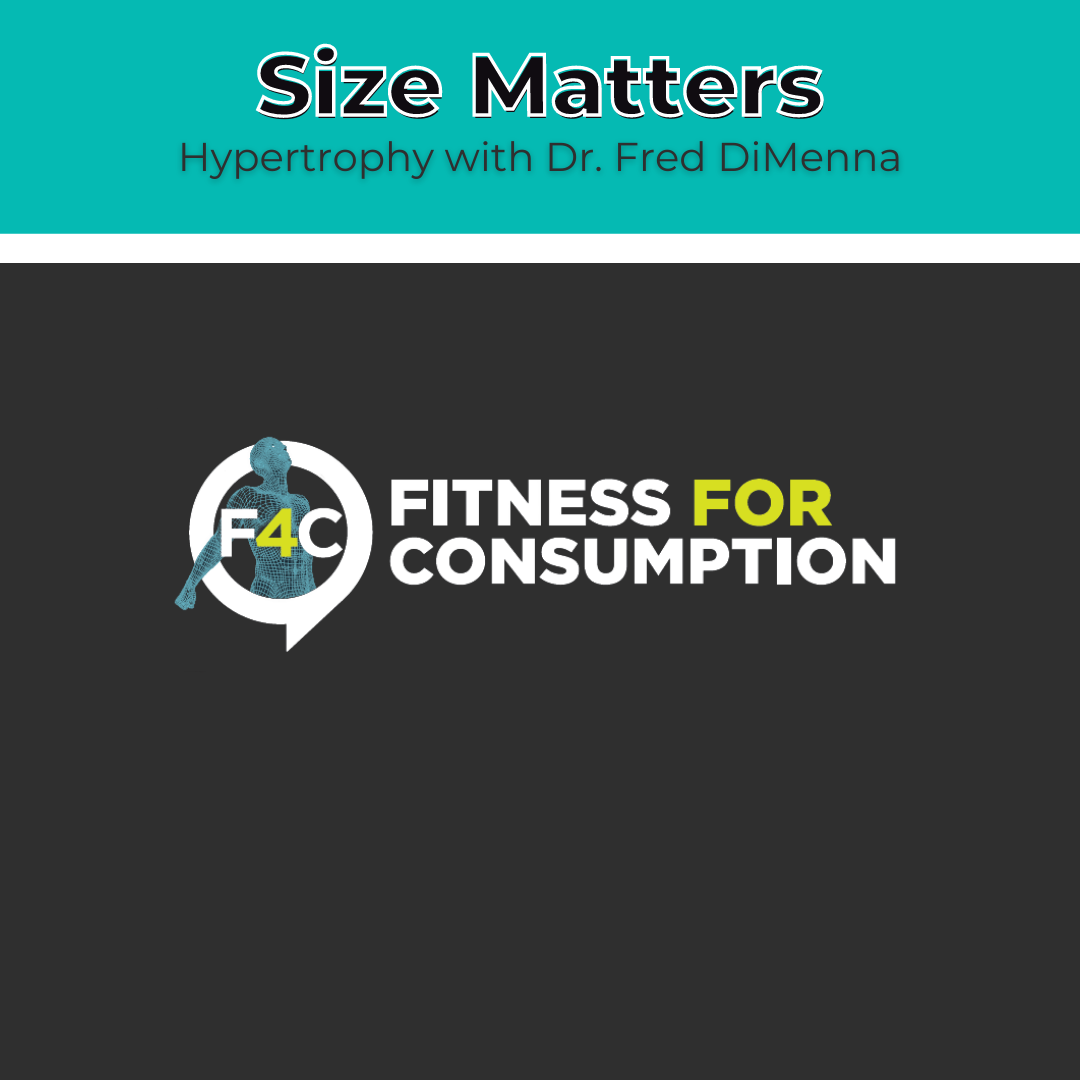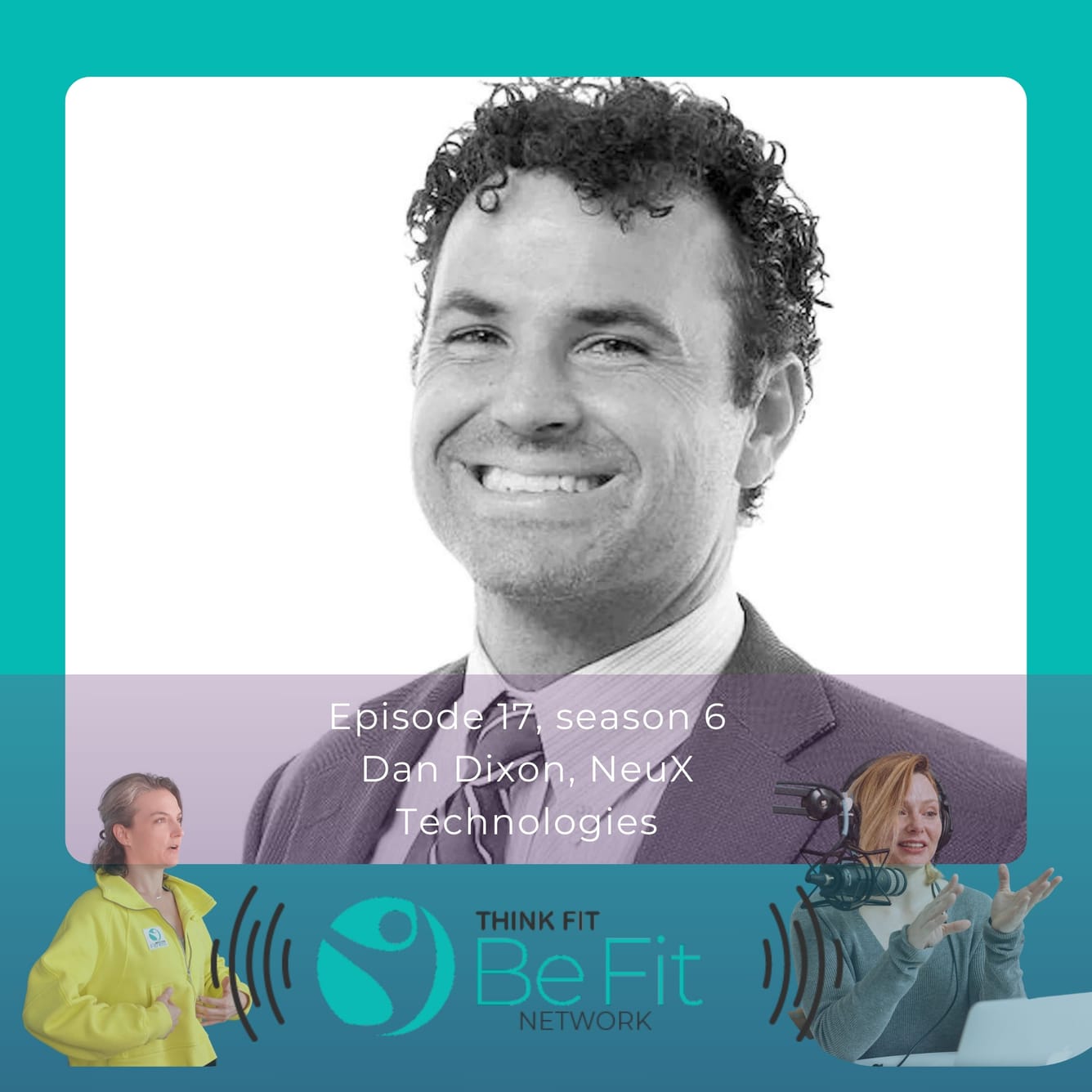Size Matters: Hypertrophy with Dr. Fred DiMenna

When it comes to the human body, Size Matters. And this is particularly so for those who are interested in increasing their muscle mass. What exactly are we increasing, however, when our muscles grow? And how much bigger should we try to be? Is it just a matter of personal taste, or is there an optimal degree of hypertrophy for human movement? Some think bigger is better, while others believe that too much can be detrimental to movement and motor skill. Once again we’re faced with a fitness controversy, having no dearth of opinions. To help us sift through the science and uncover some of the secrets behind the size, we sat down with professor of physiology, researcher, and former Mr. United States Natural Bodybuilding Federation champion, Dr. Fred DiMenna.
Our previous two episodes, Power Play and It’s About Time, centered on rate of tension development (RTD), fatigue and the neuromotor implications of those constructs, so hypertrophy was a logical next subject. We cover some exercise physiology studies, techniques and perspectives on developing hypertrophy, and merge them with some of the motor control theories and personal perspectives discussed in prior episodes, to create a richer tapestry of What Really Matters when it comes to size.
Three reasons why you should listen to this episode:
- First of all, what, exactly, is hypertrophy? Dr. DiMenna explains what’s occurring at the cellular level when a muscle undergoes hypertrophy, or hyperplasia and how it can be measured both in a lab and in the gym. There’s been some speculation as to what we’re actually experiencing during human muscle growth, and Dr. DiMenna offers his perspective.
- How important is Growth Hormone (HGH)? Conventional wisdom tells us that post-exercise HGH, circulating in the blood, is an accurate marker of subsequent muscle growth. Dr. DiMenna clues us in to why that might not be the case. Dr. DiMenna also identifies a more accurate proxy of an environment amenable to creating hypertrophy that often gets overlooked by mainstream media, listen in to hear what this is!
- Intensity is obviously necessary for hypertrophy, right? Perhaps, but what does intensity really mean? How do we quantify it? It seems like intensity and load should be synonymous, but does the load need to be heavy for the exercise to be intense? Can we create enough intensity with light loads to reach a stimulus significant enough to drive hypertrophy? How does that compare to using heavier loads?
Think learning about any of this can help you in your workouts? We do!
In this episode we discuss:
- The cellular dynamics of hypertrophy
- Hypertrophy vs hyperplasia
- Protein synthesis
- Fast and slow twitch fiber transitions due to hypertrophy training
- Is hypertrophy training helpful as we age?
Glossary:
Concentric Failure - The point during a muscle-shortening contraction at which a repetition can no longer be completed
Eccentric Failure - The point during a muscle-lengthening contraction at which a repetition can no longer be completed
Hyperplasia - Muscle growth due to an increase in the number of muscle fibers
Hypertrophy - Muscle growth due to an increase in the size of muscle fibers
Mitochondria - An organelle found in most cells responsible for governing processes of respiration and energy production
Protein Synthesis - Two stage process; transcription and translation in which cells make new proteins, can be used as a proxy to measure hypertrophic effect of an exercise condition
References:
- Mitchell CJ, Churchward-Venne TA, West DW, et. al. (2012) Resistance exercise load does not determine training-mediated hypertrophic gains in young men. Journal of Applied Physiology. 113: 71–77.
- Takarada, Y., Nakamura, Y., Aruga, S., et. al. (2000) Rapid increase in plasma growth hormone after low-intensity resistance exercise with vascular occlusion. Journal of Applied Physiology. 88(1): 61–65.
- Trappe, S., Williamson, D., Godard, M., et. al. (1985) Effect of resistance training on single muscle fiber contractile function in older men. Journal of Applied Physiology. 89(1): 143-52.
- West DW, Burd NA, Tang JE, et. al. (2010) Elevations in ostensibly anabolic hormones with resistance exercise enhance neither training-induced muscle hypertrophy not strength of the elbow flexors. Journal of Applied Physiology. 108: 60–67.
- West DW, Kujbida GW, Moore DR, et. al. (2009) Resistance exercise-induced increases in putative anabolic hormones do not enhance muscle protein synthesis or intracellular signalling in young men. Journal of Physiology 587: 5239–5247.
You might also like:
Season 1 Episode 9 - Lessons from an Icon


